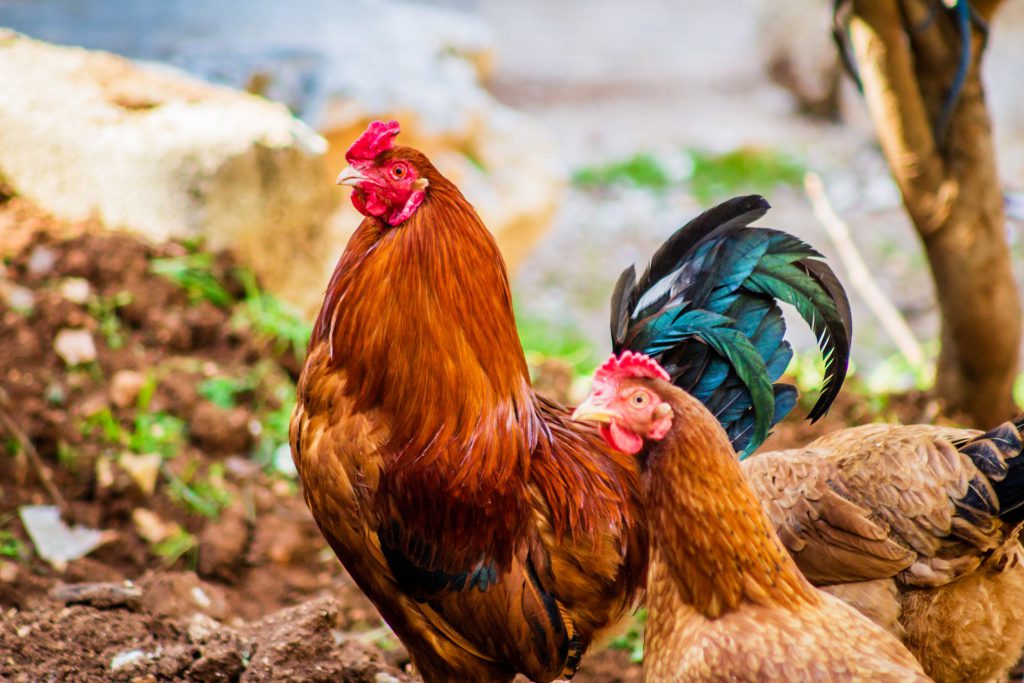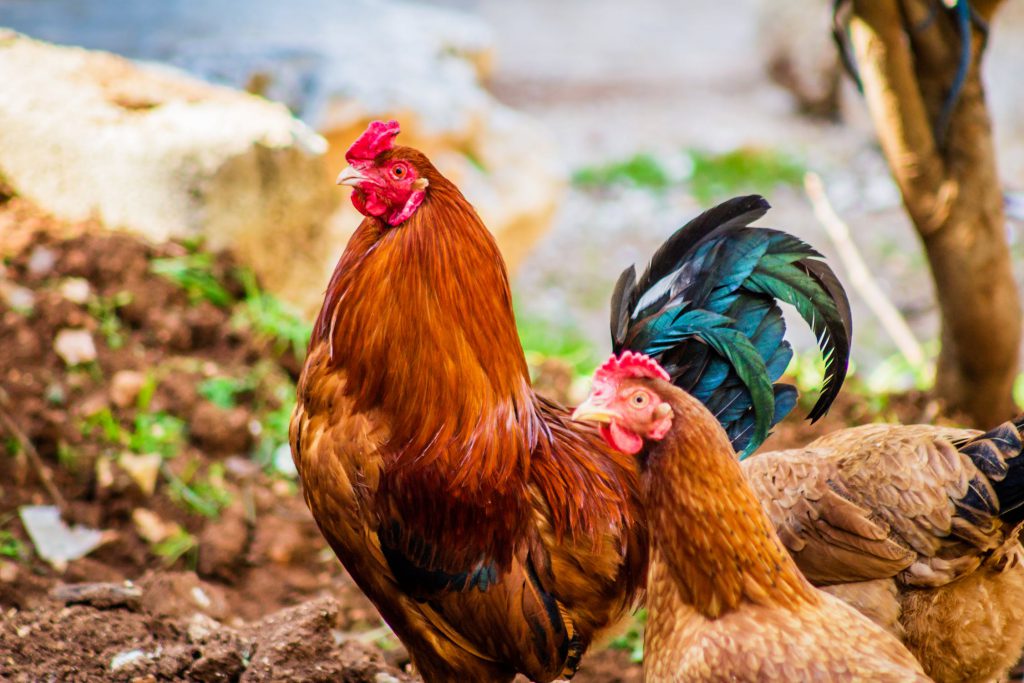5 Things to Know Before You Start Homesteading

By: James Witts
Ever wonder why Dorothy kept saying “there’s no place like home?” Seems not even the Emerald City or the land of Oz could compare with her homestead back in Kansas. Dorothy, Auntie Em, and Uncle Henry made living off the land look easy.
With more people trying to get back to self-sufficient living, they’re learning homesteading can have some surprises. Here are five things to know before you decide to start homesteading.
Read All the Books
If you’ve spent your life living off the land, you’re in good shape. But if you’re new to this lifestyle and have never set foot on a farm before, you’ve got a little bit of research to do. The new trend of living off the grid had spawned a wide range of how-to books.
We encourage you to read and take the advice from those who’ve gone before you and learn from their mistakes. And don’t forget to check out blogs and online articles that feature new innovations that may make your homestead more fruitful.
It Takes Time and Patience
Moving to a homestead is both exciting and somewhat intimidating. Most people are eager to get to work on the land and watch things grow. But remember, a working farm takes time to cultivate. There will be trials and errors and even a few total failures along the way. Learning what you did wrong, along with the characteristics of your specific land, is an integral part of homesteading. You may have the end goal of being able to feed your family only from the products of your property, but understand that it may take years to get to that point.
Don’t Underestimate Fencing
Good fences make good neighbors and good farms. Animals need to be corralled, and predators need to be kept out. Fencing may not seem like a big deal when you’re touring properties, and it can be costly to install a new one. Look for those real estate listings that mention fencing and double fencing so that you won’t incur that extra cost after you buy.
Make Every Square Foot Count
A homestead doesn’t have to be large, it just has to be practical. That means using your land to its fullest potential. The same is true on larger pieces of land. Making your land work for you, instead of you working for it, is an essential part of homesteading. Planting a rain garden in a wet portion of the property will help utilize the space that would otherwise sit bare. Stake out the lawn and only mow the lawn where you and your family actually use and enjoy. Changing grass to pasture or a garden is an excellent way to cut down on mowing time and take advantage of every bit of your property.
We also should remind new homesteaders that the area of your land isn’t all horizontal. The ultimate homesteaders understand that the vertical space above their land is also quite useful. Vertical gardens are a natural addition, and you can create layers of growth in a small amount of space. A large amount of food can grow from trellises that help make every inch of land productive.
Know Your Neighbors
Being self-sufficient doesn’t mean working alone. There’s a reason co-op farming is so popular. Homesteaders who develop good relationships with their neighbors are more successful. Good neighbors watch out for each other and lend a helping hand when necessary. You will also have some crops that excel and some that fail. Trading your surplus eggs for your neighbors’ excess tomatoes may help get you past the tough years. There’s no need to grow everything if the community can work out a barter system.
Starting a homestead is one of the most rewarding ways to provide for your family. Not only will you learn about the land but you’ll also have quality time with the family as you work together towards food independence. It is a lot of work, but homesteading is a meaningful way to make sure you can provide for your family no matter what happens.
James Witts is an eco-conscious home improvement writer. He is constantly trying to find new ways to live off the grid while living in a tiny home with his wife, Andie.

